In this tutorial, you will learn how to create a lead ad on Facebook and effectively collect email addresses. Lead ads are an excellent way to generate contacts and attract potential customers for your products and services. Here you will learn the steps you need to follow to create an engaging lead form and ensure compliance with data protection policies. Let's get started!
Key Takeaways
- Lead ads help collect email addresses and contact information.
- The process includes the campaign level, ad set level, and ad level.
- Data protection is an important aspect you need to consider.
- Creating an engaging lead form is crucial for the success of your campaign.
Step-by-Step Guide
1. Access Facebook Menu and Create Campaign
First, open your Facebook account and click on the menu. Select "Advertise" and then opt for lead generation, which allows you to generate email addresses and contact information.
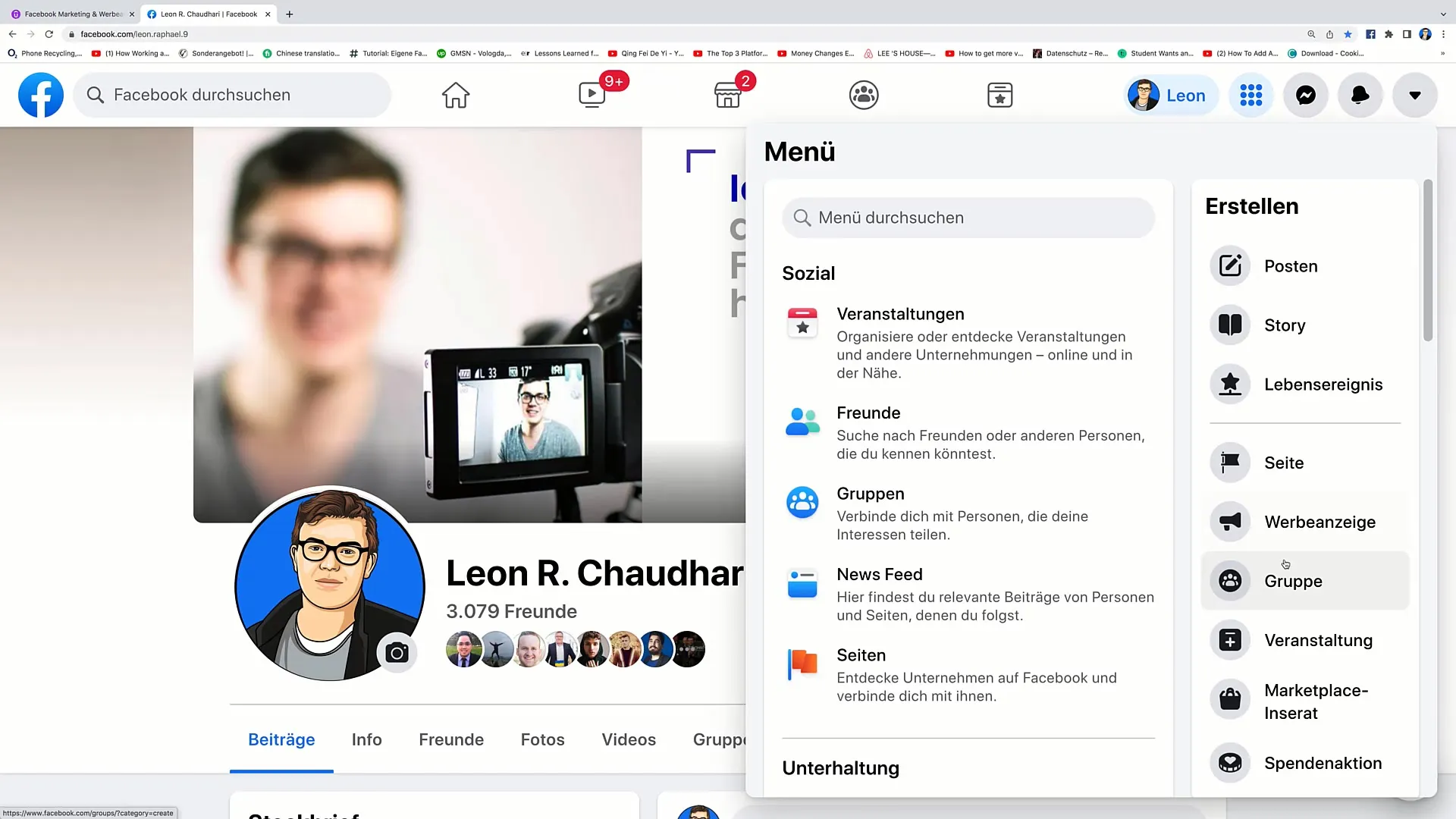
2. Define Campaign Name
Start by naming your campaign. I recommend choosing a clear and precise name that reflects the campaign's goal, for example, "Lead Generation Campaign".
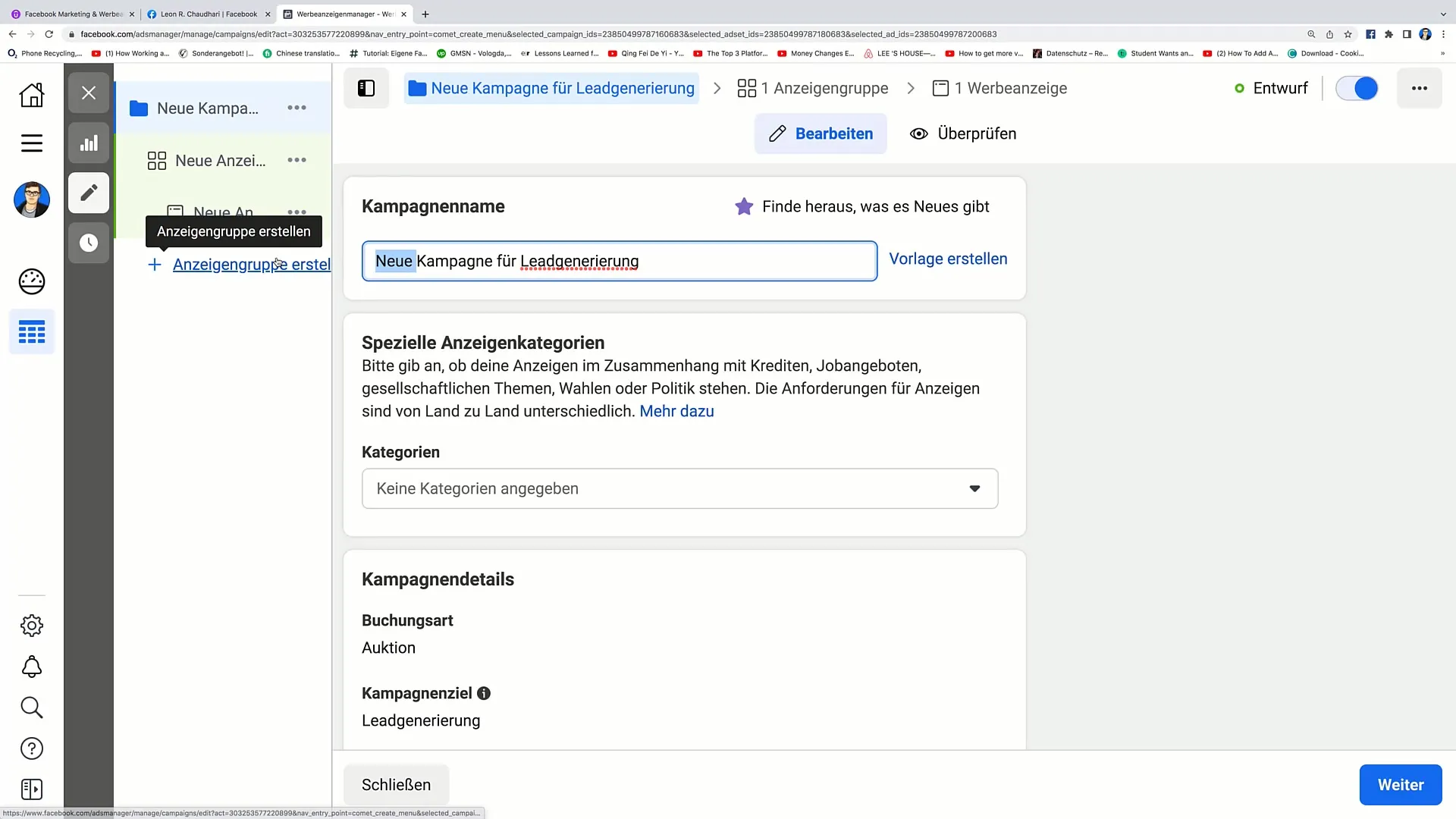
3. Select Objective
Pretend you define the goal in the campaign as "lead generation." This means designing the ad to focus on collecting email addresses and contact information.
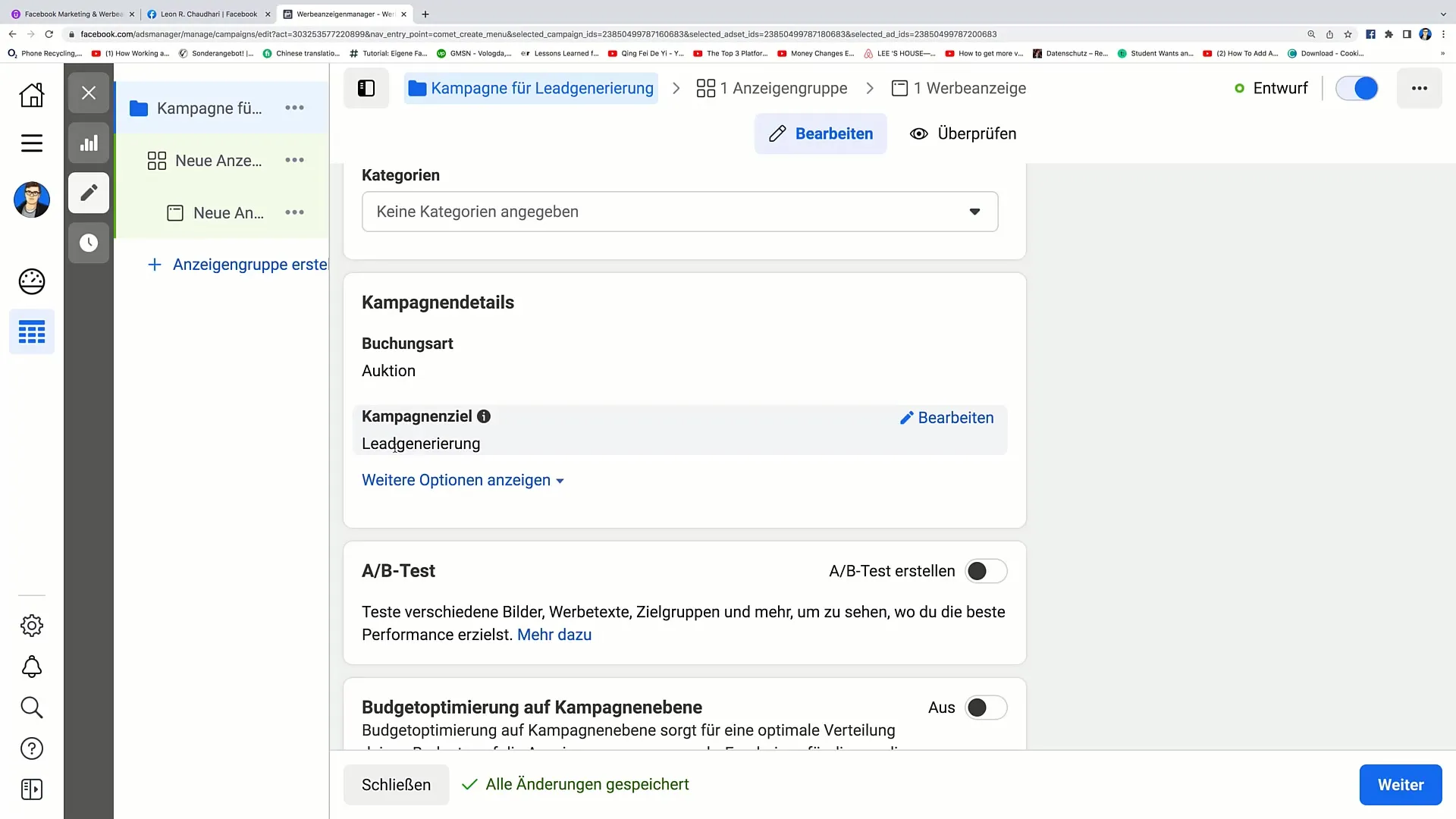
4. Set Budget and Schedule
Now, move on to budgeting. You can set a daily budget, such as 30 euros per day, to optimize your campaign. Decide if the campaign should start immediately and leave the end date open if you want to continuously collect leads.
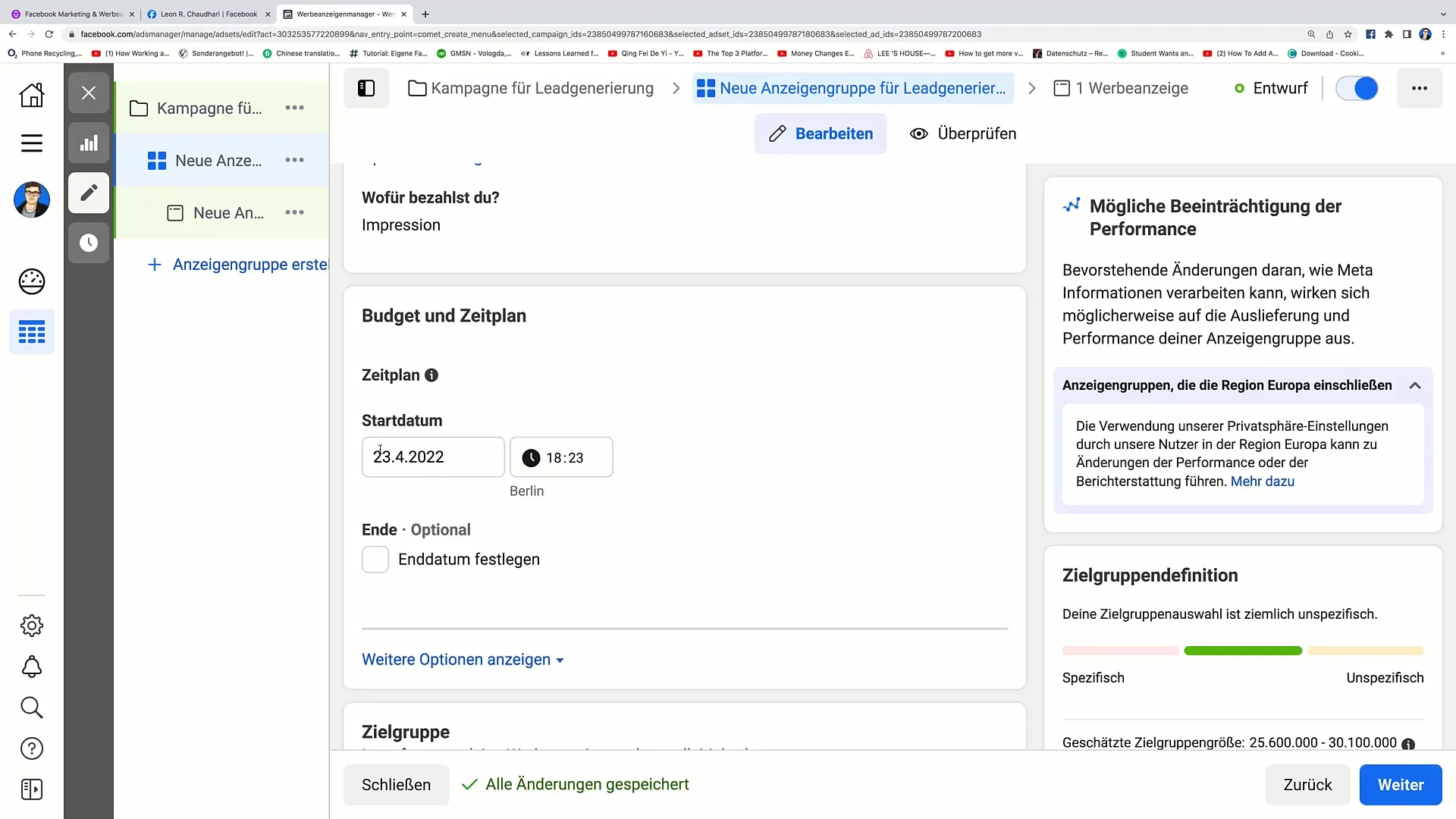
5. Define Target Audience
An essential phase in creating your ad is defining your target audience. Here you can either select a saved target group or create a new one. For example, you could decide that your target group includes people from Germany, Austria, and Switzerland aged 20 to 30.
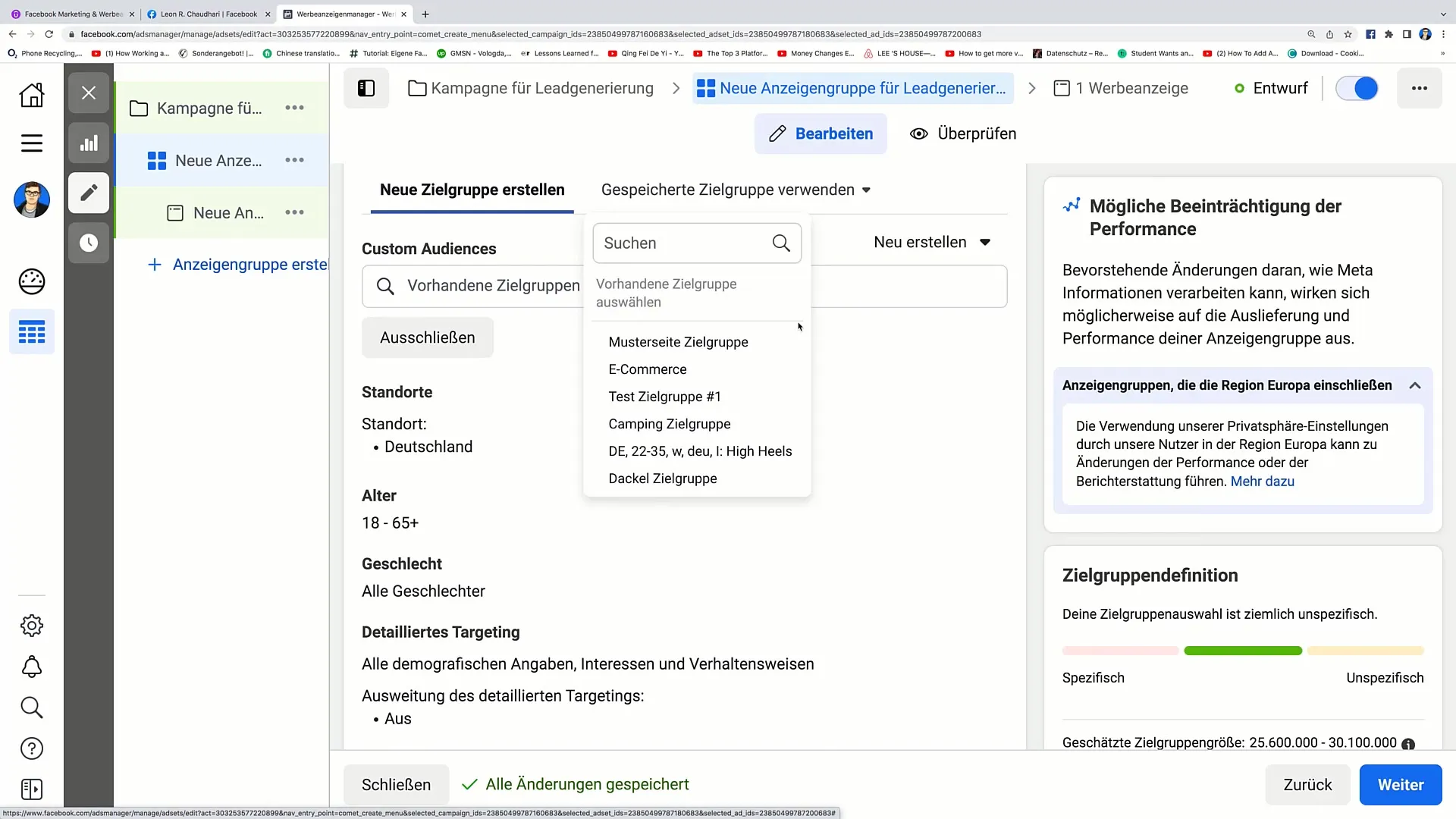
6. Add Interests
To further specify your target audience, you can add interests. If your offer is related to cycling, for example, you can add "Cycling" as an interest to reach the right people.
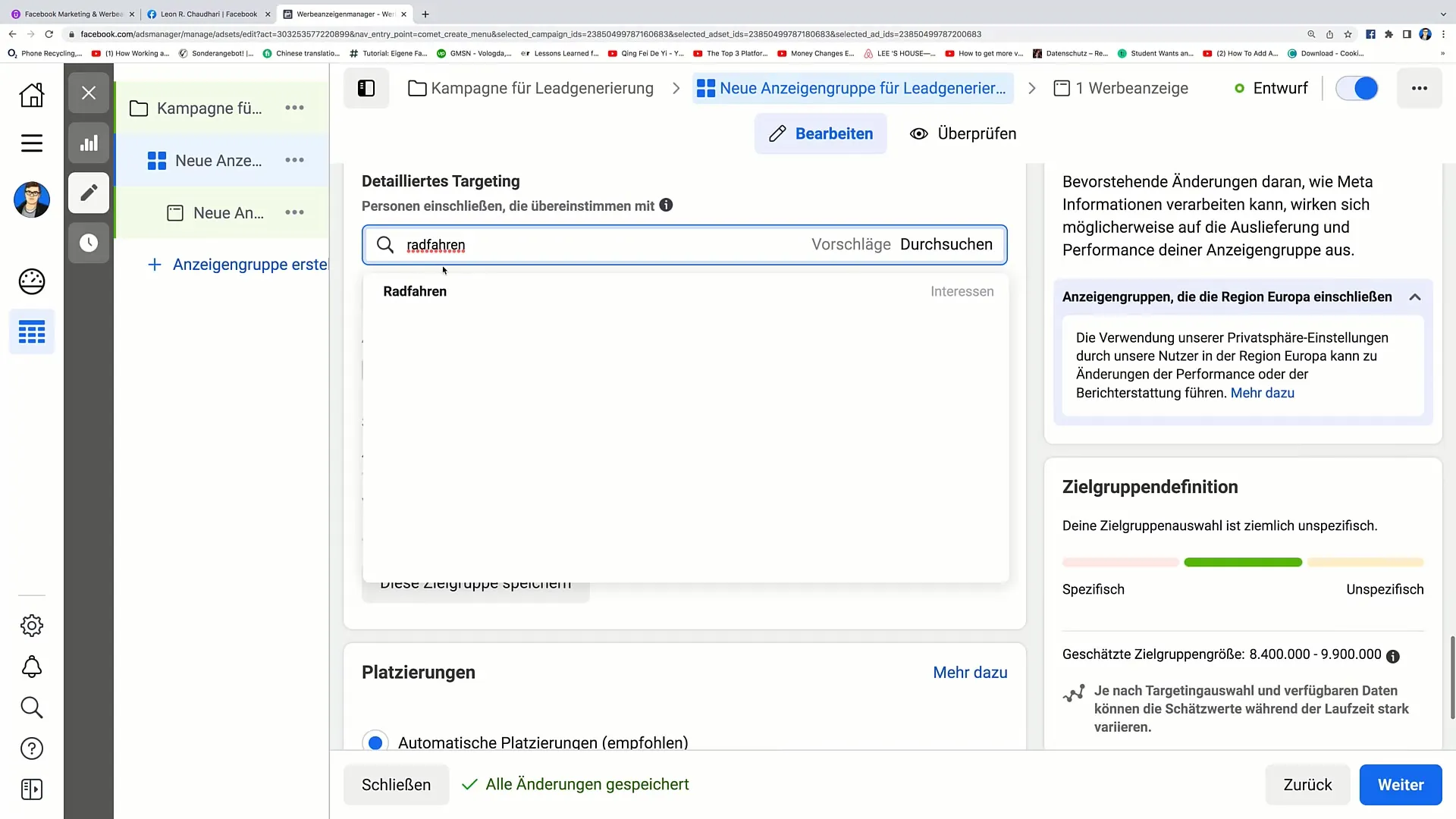
7. Set Placement
Next, choose the placement of your ad. You can opt for automatic placement, allowing Facebook to decide where your ad will be displayed. This is often the better choice to achieve the widest reach.
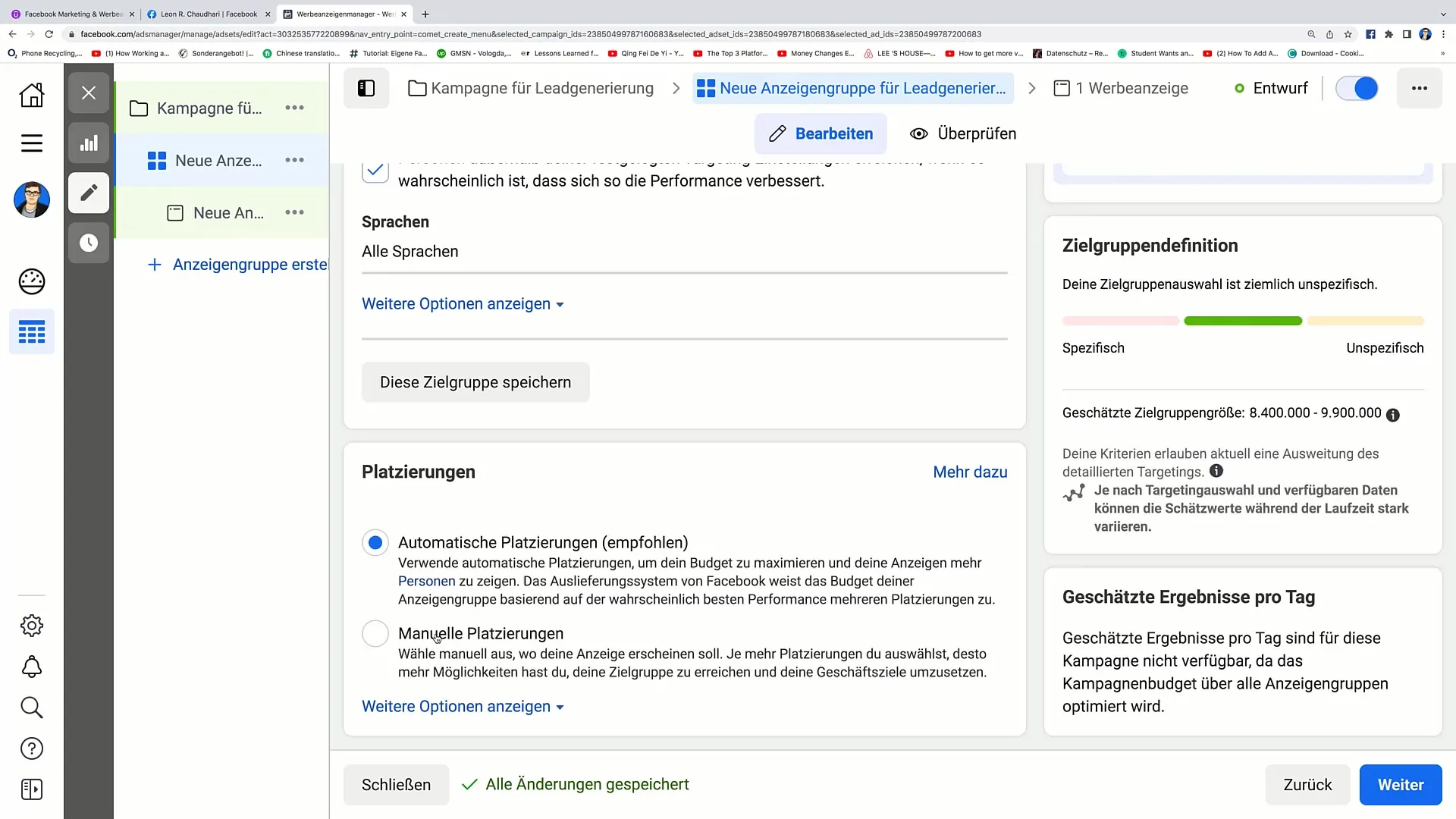
8. Determine Ad Name and Type
Now that you've completed all the previous steps, you can give your ad a name, such as "Lead Generation Ad". Additionally, decide on the type of ad you want to create; for example, you can choose a image or video ad.
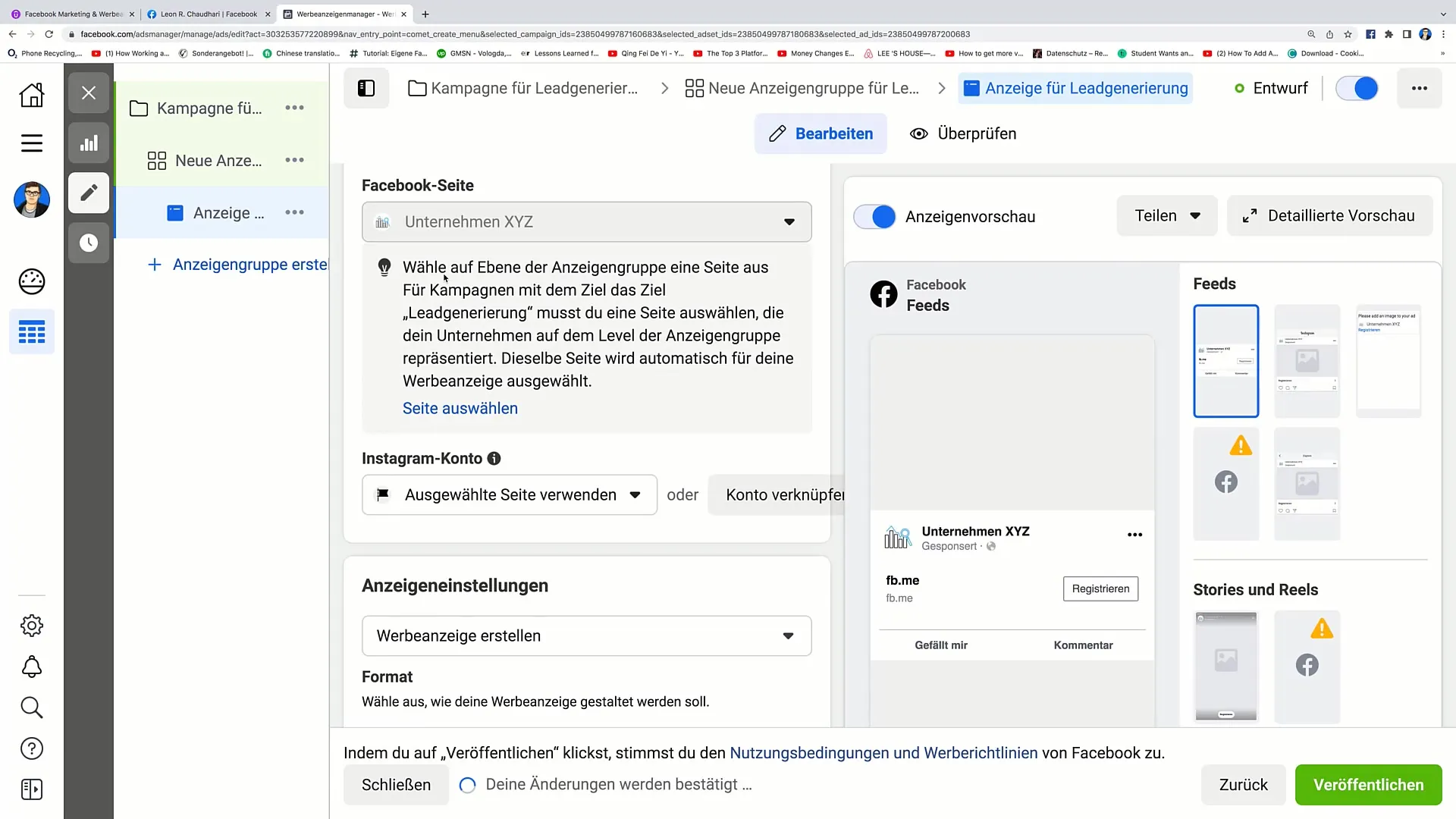
9. Add Media
Now get creative! Add media of your choice. It could be an image related to sports or cycling, but make sure it's engaging and appeals to your target audience.
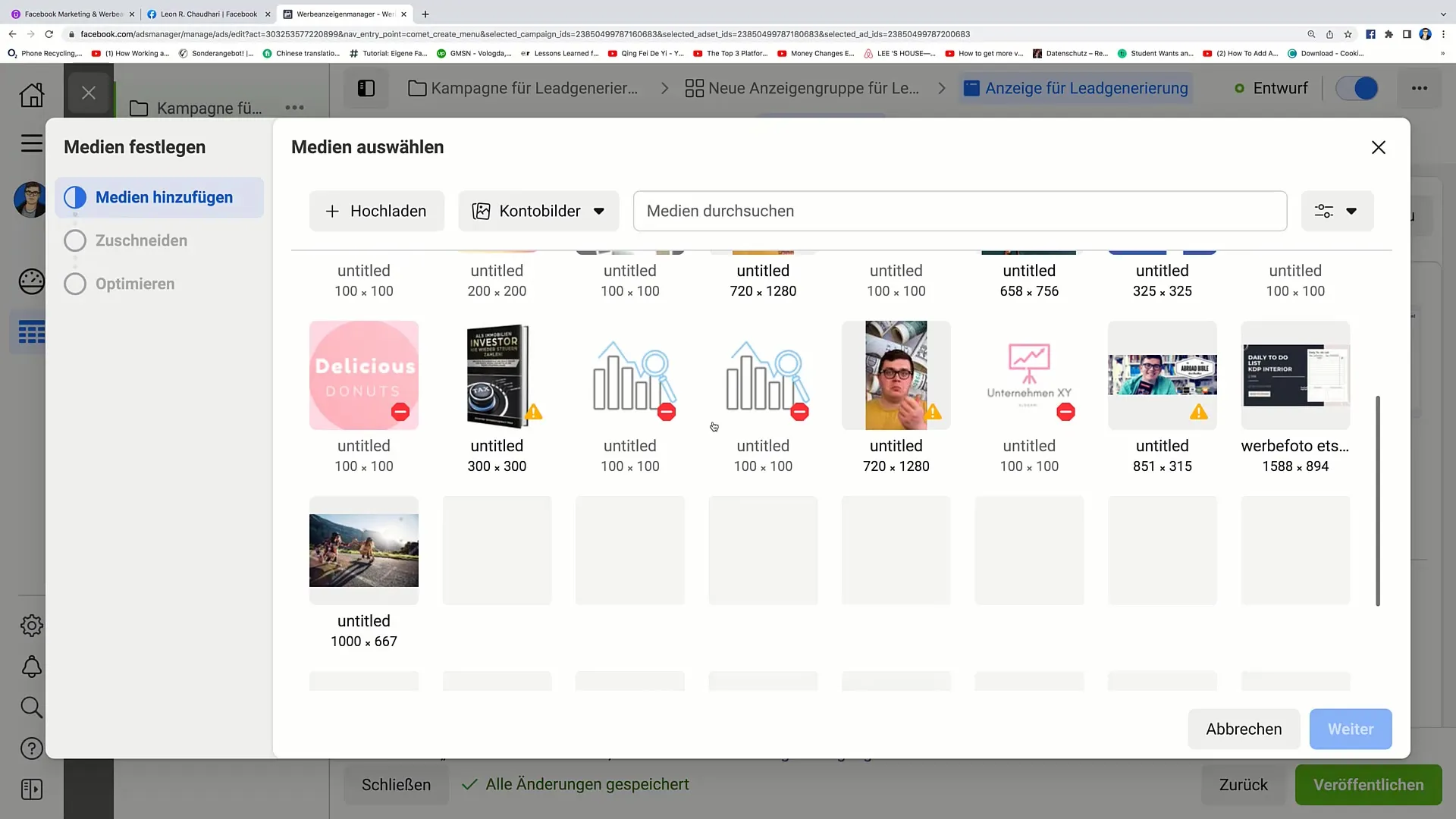
10. Designing Text and Call-to-Action
Design the primary text of your ad that piques users' interest. For example: "Do you enjoy cycling and want to participate in a paid survey? Sign up!" Lastly, choose a call-to-action button and name it, perhaps as "Apply Now."
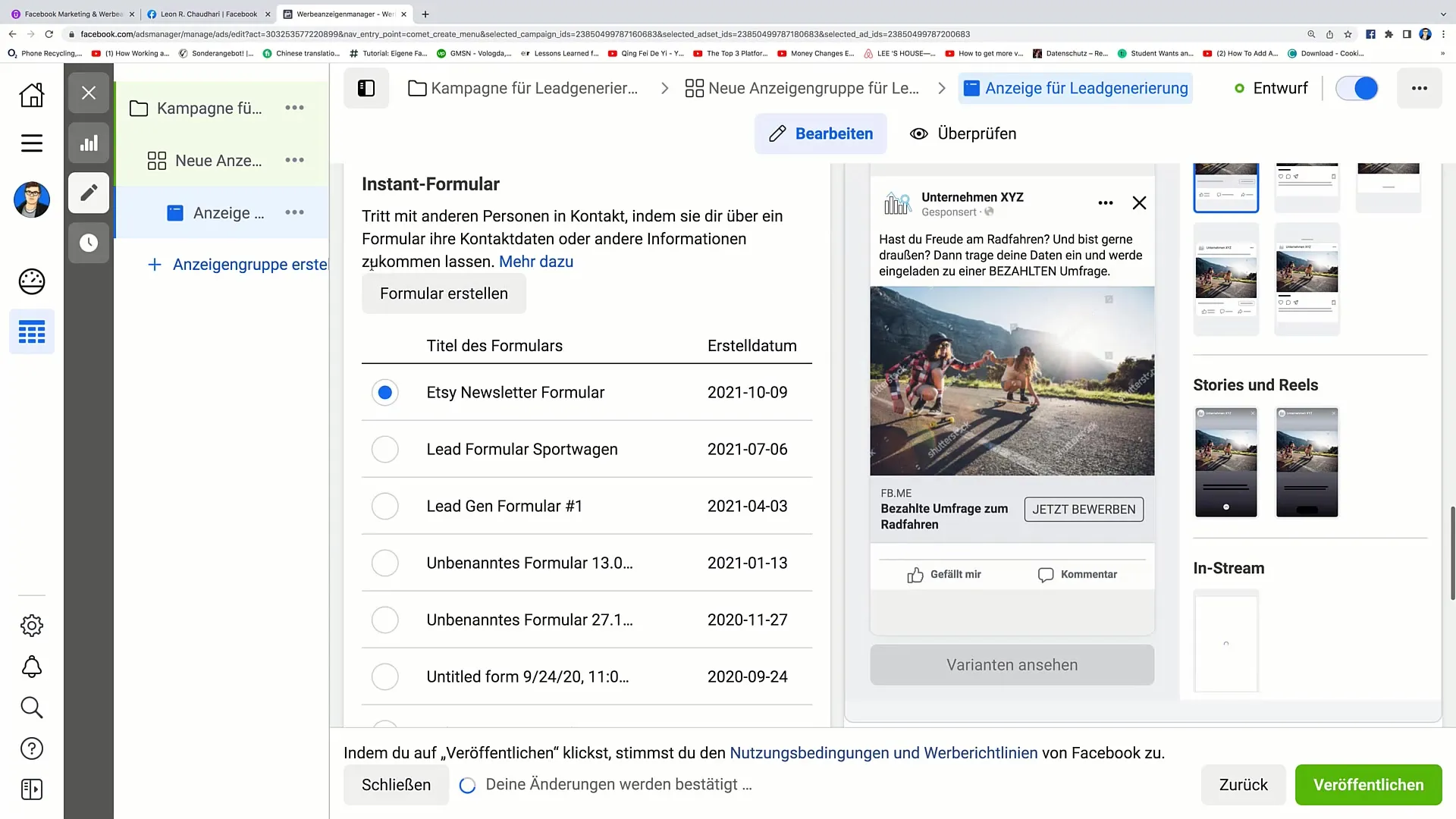
11. Creating a Form
The final step in this process is creating the lead form. Make sure to clearly specify the required fields (especially email address). You can also ensure that everything complies with the data protection regulations.
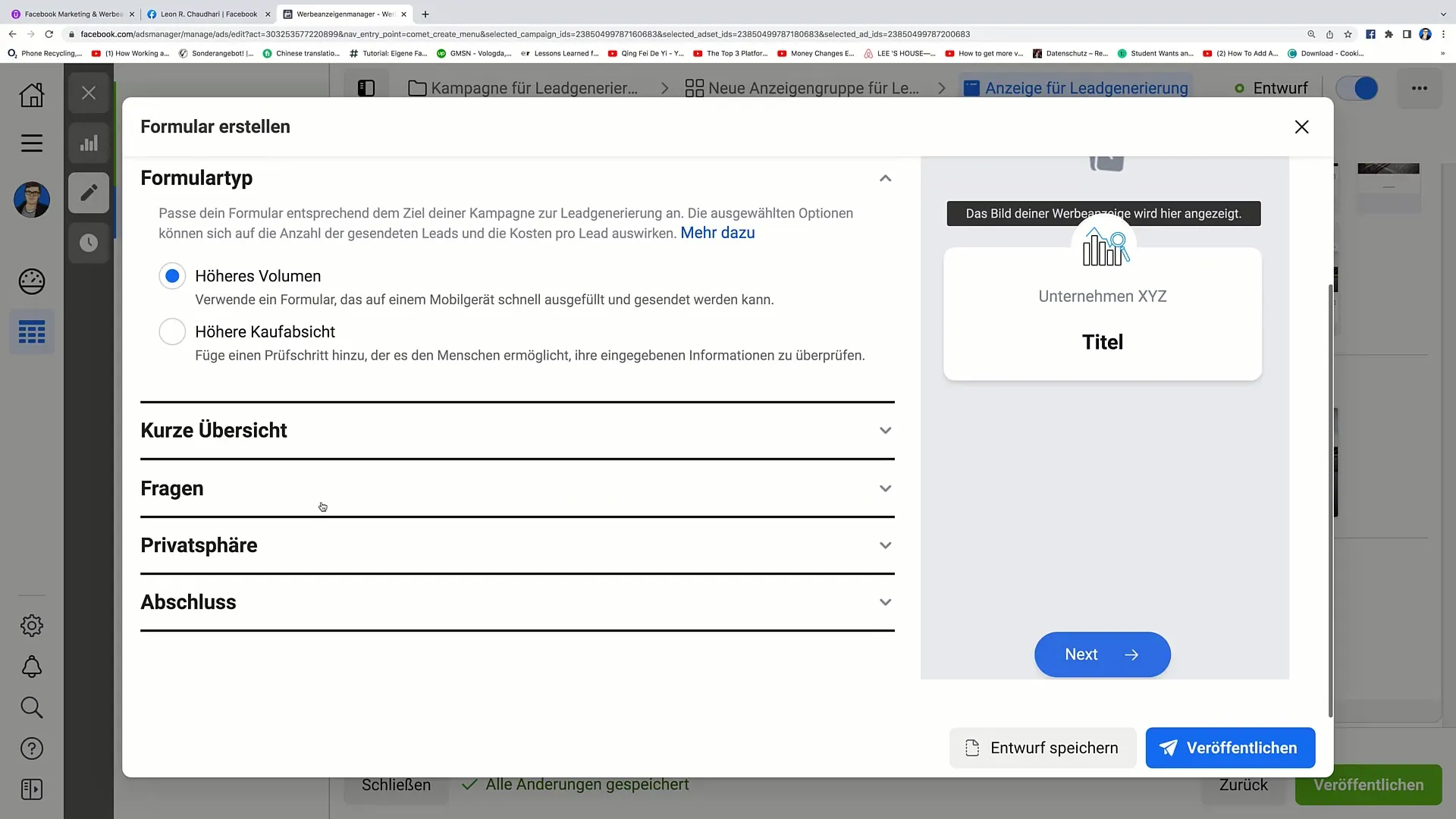
12. Campaign Publication
After reviewing your inputs and settings, you can publish the campaign. Your lead form should now be active and ready to capture potential customers.
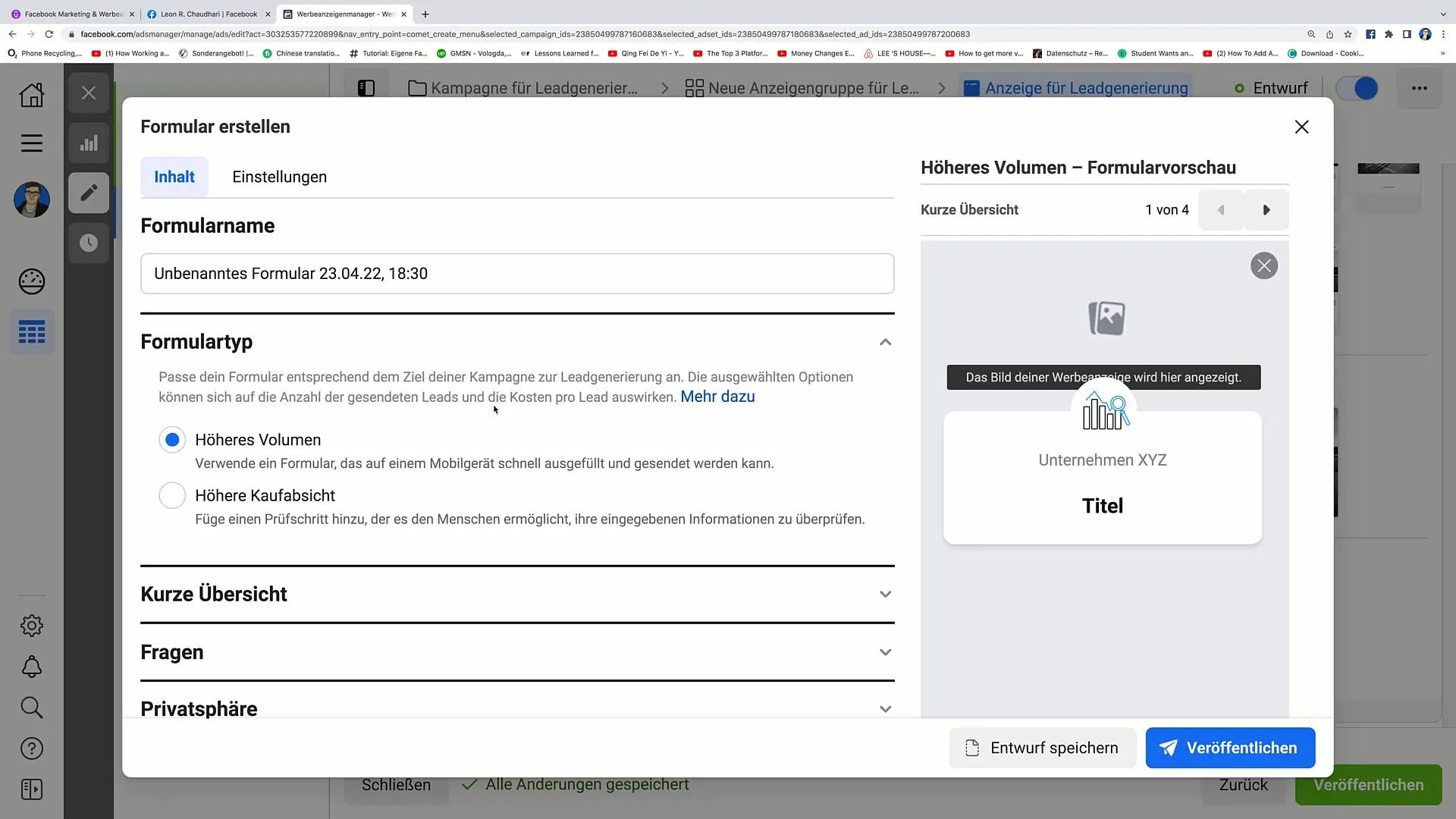
Summary
In this tutorial, you have learned step by step how to create a lead ad on Facebook to collect email addresses. You now knew what to watch out for, from defining the target audience to creating compelling content for your ads.
Frequently Asked Questions
What is a lead ad?A lead ad allows you to collect email addresses and contact information from interested individuals.
How much should my campaign budget be?The budget can vary, a good starting point is 30 euros per day.
How can I ensure compliance with data protection regulations?Make sure to obtain users' consent and only collect necessary data.
Can I change a lead form at any time?Yes, you can modify existing forms at any time as long as the campaign is active.
How can I reach my target audience most effectively?Define your target audience based on their interests and demographic data to ensure that your ad reaches the right people.


